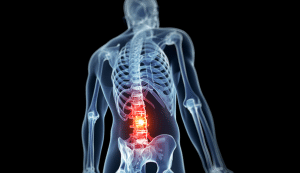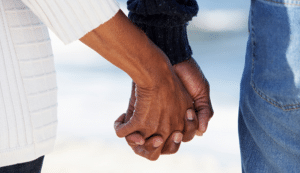
* Ehlers-Danlos Syndrome, or EDS is a hereditary disorder affecting the body’s ability to produce collagen. Collagen is the most abundant structure in the body and is a component of bone, cartilage, tendons, ligaments, and organs.
* There are six types of EDS. The three most common types are:
o Hypermobility type of EDS
o Classic type of EDS
o Vascular type of EDS
* Signs and Symptoms vary by type and may include: hyper-extensible joints, muscles, and skin; chronic joint pain; easy bruising; chronic fatigue; gastrointestinal mobility disturbances; and autonomic dysfunction (such as hypotension and difficulty with body temperature regulation).
* It is important to see your doctor for a diagnosis of EDS, as man other conditions share the same signs and symptoms.
* Once diagnosed, you may be referred to a team of health professionals besides your primary doctor. This team may include a sleep specialist and a physical therapist.
* People with EDS may avoid physical activity due to pain associated with previous trials of exercises. Doing so, however, leads to muscle weakness and further exacerbates joint instability and pain. Your physical therapist can help you with pain management, finding safe ranges to work your muscles, and fun ways to stay active.

